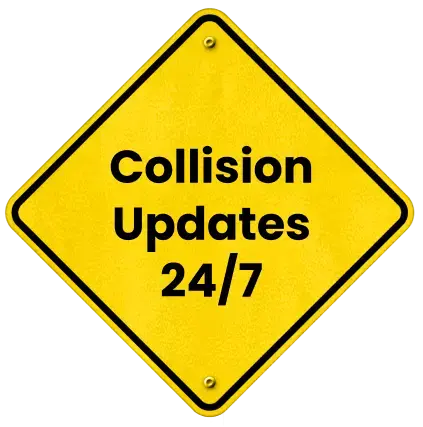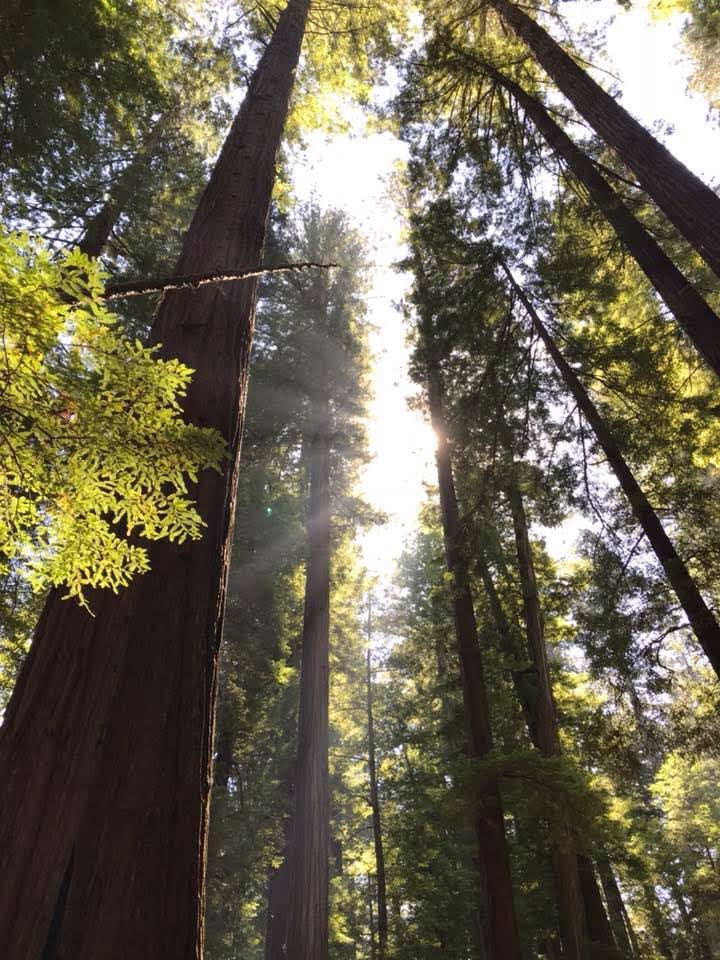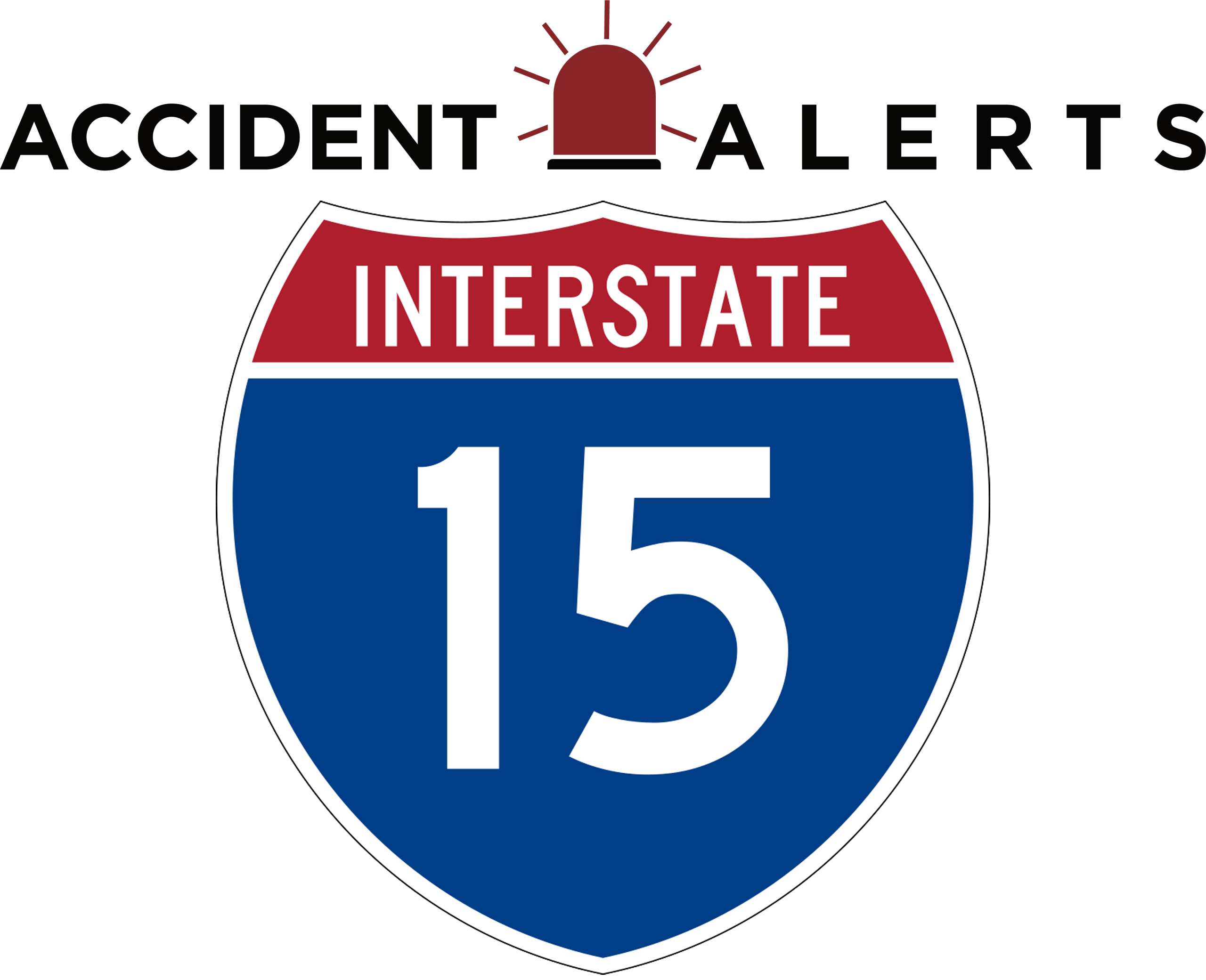
Wildlife Collisions on I-15: Deer, Elk, and Beyond


Interstate 15 (I-15) is a major north-south corridor stretching from southern California through Nevada and Utah to the Canadian border. In Utah and northern Nevada, I-15 passes through vast rural landscapes, forests, and mountainous terrain, all prime habitats for deer, elk, and other wildlife. While these areas are scenic for drivers, they also pose a significant risk of wildlife-related crashes, which are particularly dangerous for high-speed traffic.
Collisions with large animals often result in severe vehicle damage, serious injuries, or even fatalities. Unlike standard car accidents, wildlife crashes are unpredictable, leaving drivers little time to react. Understanding the factors that contribute to these accidents, practicing defensive driving, and knowing how to handle insurance and legal concerns afterward is critical for anyone traveling along these stretches of I-15.
Why Wildlife Collisions Happen on I-15
Several factors make I-15 especially prone to wildlife accidents, particularly in Utah and Nevada. Deer, elk, moose, and other animals frequently cross the highway at dawn or dusk, when visibility is low and vehicle speeds are high. Seasonal migration patterns and mating seasons also increase wildlife activity near roadways.
Environmental Factors:
Open desert plains, wooded valleys, and mountain passes create natural corridors for wildlife, which often intersect directly with the highway. Limited fencing or inadequate wildlife crossings in some areas exacerbate the risk, forcing animals onto the road unexpectedly.
High Speeds and Traffic Volume:
I-15 is a major interstate with frequent long-distance and freight traffic. Vehicles traveling at highway speeds have little time to stop or swerve safely if an animal suddenly appears. Collisions with larger animals, such as elk, are particularly dangerous due to their size and the potential for the animal to enter the passenger compartment upon impact.
Driver Awareness Challenges:
Wildlife are more active during low-light conditions, such as early morning and evening. Combined with the fatigue or inattention of long-distance travelers, these conditions increase the likelihood of accidents. Headlight glare from oncoming traffic can also obscure animals, reducing reaction time.
Rural and Mountain Road Hazards:
Curves, hills, and blind spots in mountainous sections of Utah and Nevada further limit drivers’ ability to see wildlife in time. Drivers may suddenly encounter animals in areas where stopping distance is limited, increasing the risk of crashes.
Examples of High-Risk Segments on I-15
Certain areas along I-15 in Utah and Nevada are known for elevated wildlife activity and higher collision rates, requiring drivers to exercise extra caution.
In Cache Valley, UT, deer frequently cross near forested edges and agricultural fields, creating sudden hazards. Mountain passes and desert transitions around Parowan and Cedar City, UT, also increase the likelihood of unexpected animal encounters. In southern Nevada near Mesquite, open desert stretches with minimal fencing allow elk and deer to wander onto the highway, while north of Salt Lake City, UT, winter elk migrations can result in multi-vehicle wildlife collisions.
Being aware of these high-risk zones, moderating speed, and maintaining vigilant scanning of the roadside can significantly reduce the chances of a crash.
Driver Safety and Prevention on I-15
Preventing wildlife collisions requires vigilance, defensive driving, and an understanding of animal behavior. While no method is foolproof, adopting proactive strategies can significantly reduce risk.
Key Safety Practices Include:
- Reducing Speed in High-Risk Areas: Drive more slowly in wildlife-prone zones, especially during dawn, dusk, or nighttime. Reduced speed increases reaction time and minimizes collision severity.
- Using High Beams When Safe: High beams improve visibility of animals near the road, but be sure to dim lights for oncoming traffic.
- Scanning the Roadside Continuously: Watch for movement along the edges of the highway, particularly near wooded areas, river crossings, or pastures.
- Being Cautious During Peak Wildlife Seasons: Mating and migration periods lead to increased animal movement near roads. Deer are most active during fall months, while elk and moose may move seasonally depending on elevation and forage availability.
- Avoiding Sudden Swerves: Swerving to avoid an animal can lead to losing control, hitting other vehicles, or running off the road. Braking firmly and maintaining lane control is often safer.
- Watching for Herds: Animals rarely travel alone. If one deer or elk crosses the road, others may follow immediately.
By practicing these strategies, drivers can reduce the likelihood of severe crashes and increase their ability to respond safely to wildlife on the highway.
What to Do After a Wildlife Collision on I-15
Despite best efforts, wildlife collisions do occur. How a driver responds immediately afterward can affect safety, insurance claims, and potential legal considerations.
Insurance and Legal Considerations
Wildlife collisions often involve property damage, potential injuries, and complex liability questions. Understanding how insurance and legal frameworks apply in these incidents is essential for protecting your rights.
Standard auto liability insurance generally does not cover wildlife collisions, so drivers need comprehensive coverage to ensure repairs and medical costs are addressed. Documenting damages thoroughly, including photos, repair estimates, and medical records, strengthens insurance claims and supports potential legal action. In some cases, third-party liability may come into play; negligence by a landowner, construction company, or government entity, such as failing to install adequate fencing or wildlife crossings, can contribute to collisions, and an experienced attorney can help investigate these scenarios.
Injury claims may also involve personal injury protection (PIP) or medical payments coverage if passengers are harmed. To prevent post-accident disputes, it is important to retain all records, including police reports, repair invoices, and wildlife agency documentation, avoid making statements that admit fault at the scene, and consult an attorney for serious collisions or substantial injuries.
Staying Safe and Protecting Your Rights on I-15
Wildlife collisions on I-15 are a significant hazard for drivers, particularly along rural and mountainous stretches in Utah and Nevada. Deer, elk, and other large animals can appear suddenly, making defensive driving, reduced speeds, and vigilant scanning critical for safety. Wearing seat belts, maintaining vehicle readiness, and adjusting driving behavior during low-light or high-activity periods further enhance survival chances.
If you are involved in an I-15 wildlife collision, consulting an experienced accident attorney familiar with wildlife collision cases can help identify all avenues for compensation. By understanding the risks and responding properly, drivers can navigate I-15 more safely while protecting themselves and their passengers.
